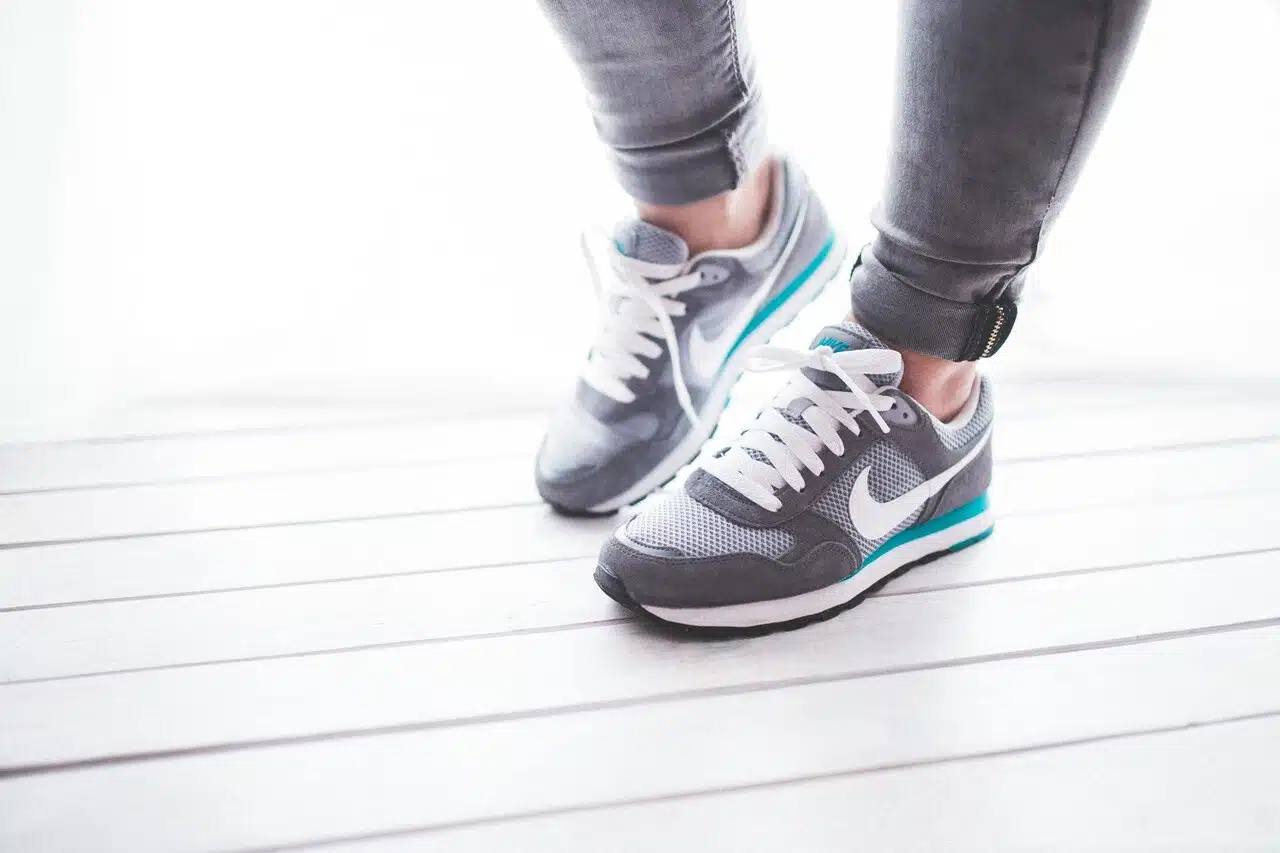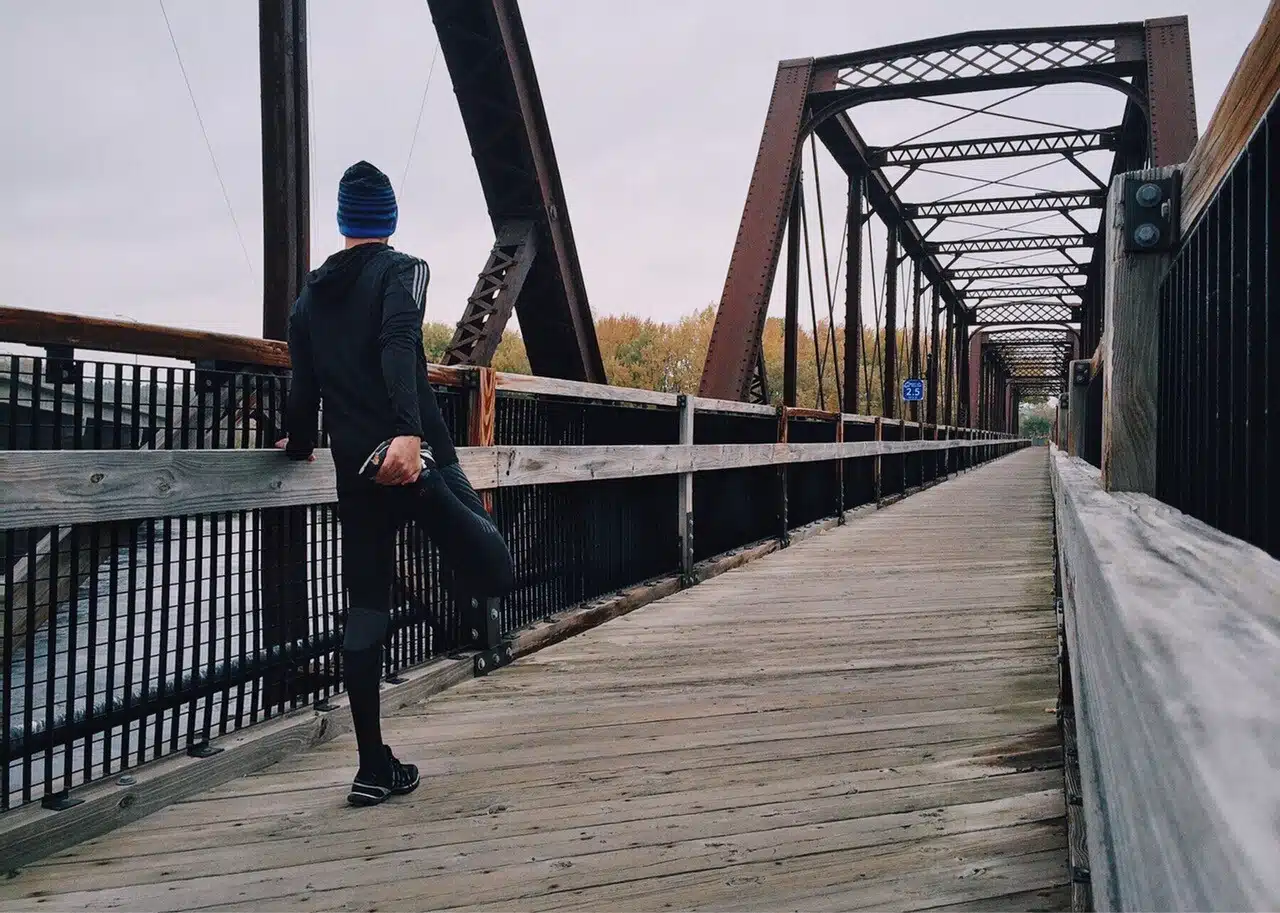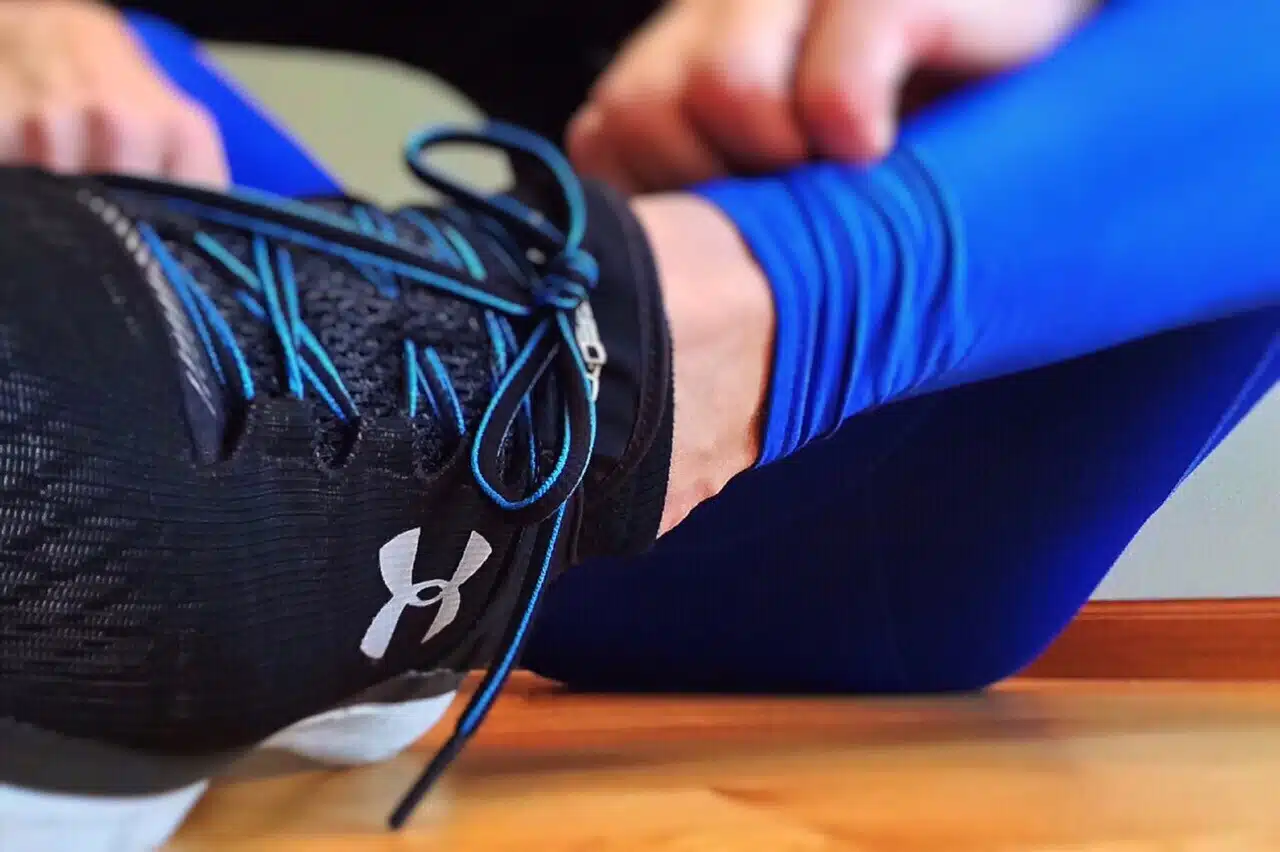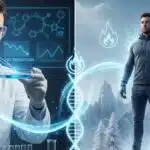The human body is a complex “construction” and is prone to various injuries. Types of injuries vary, from light and mild to serious, and the type and length of their treatment depends on their severity. However, there is a difference in symptoms between a strain and a serious physical injury, but people often tend to ignore the mild pain, thinking that it’s not a big deal, worsening the condition and causing bigger problems. Certain body parts, such as joints (knees, ankles, elbows, and shoulders) are actually complex systems of bones, muscles, tendons and ligaments, and you should know how to tell the difference between a simple strain and a possible muscle tear or joint dislocation.
Strains

A strain is a tear or stretch that occurs in a tendon (tendons are fibrous connective tissues that link muscle to the bones) or a muscle. These are common injuries that most often occur in the hamstring muscle (back of the thigh) and lower back. The initial treatment of strains includes compression, ice, elevation, and rest. If a strain is severe, surgery may be required to repair the torn tendons or muscles, while mild strains can be treated at home. As a runner, I have experienced a calf strain a few years ago, while running up a hill. I turned to a Doyle’s Physio heating pad and managed to get back on track soon, and my advice to everyone is not to wait, but go and treat their injuries as soon as possible.
Depending on the severity of a strain, symptoms may vary – pain, muscle spasms, swelling, and limited movement of the muscle affected.
Strains can be chronic or acute. A chronic strain is the result of prolonged and repetitive movement of a muscle, occurring in sports like rowing, tennis, or gymnastics. Acute strains, on the other hand, occur when a muscle or tendon get pulled or strained due to an unusually long or abrupt stretch. They happen when a person slips on ice, during jumping, running, or throwing activities, or when lifting a heavy object in an improper position.
Factors that contribute to strains are:
- Fatigue – Joints get stressed and muscles get overextended more when your muscles are tired.
- Poor conditioning – You’re more prone to injuries if your muscles are weak.
- Improper or no warm-up – Warming up before a rigorous exercise routine is essential for increasing your joint range of motion and loosening your muscles in order to make them less prone to tears and trauma.
- Bad equipment and environmental conditions. Poorly maintained or ill-fitting footwear can increase the risk of strain, as well as uneven or slippery surfaces.
Serious Injuries

Unlike strains, more serious injuries require a more thorough and prolonged treatment. The most severe injuries located around joints usually revolve around ligament injuries, such as an ACL (anterior cruciate ligament) or ulnar collateral ligament tear. These injuries can greatly limit your movement and hurt a lot, and can sometimes leave you with recurring pain for the rest of your life. However, a comeback is possible.
When injured, you may feel sudden and severe pain, swelling within the first 24h after the injury, a loud snap or pop when the injury occurs, inability to put any weight on the joint at all or without pain, and a feeling of looseness in the joint. Serious physical injuries require medical attention and possibly surgery. A physical exam is needed for injury assessment and proper diagnosis, and it may include an MRI to check for potential ligament injuries and an X-ray to make sure a bone is not broken.
The estimated recovery time of serious injuries, such as torn ulnar collateral ligaments require, may be 12-18 months. This ligament helps stabilize and support the arm when throwing a ball or performing any similar motion (the tearing occurs most often in baseball pitchers). The UCL becomes stretched over time due to repetitive trauma or stress, and can end up teared. The treatment of more severe injuries can be nonoperative (pain relief, stability restoring, and strengthening the muscles around the injured spots through physical therapy to compensate for the tearing) and surgical (repairing the existing ligament and reconstructing the ligament by using a tendon from another part of the body or with a donor tendon).
Even in the case of light or mild pain, be sure to take a physical exam and see what can be the cause of the pain. If not treated immediately and properly, small acute problems can grow and pose a larger threat to your health, due to your thoughtlessness and unaccountability.

Say Hi to SelfWeightLoss’s Guest Authors! Many talented authors have submitted their article and contributed to get it bigger. Browse through this page. You may find the right author for you. If you think you would like to contribute to the blog, Please visit this page: https://selfweightloss.com/write-for-us and follow its guidance. Thank you!










